Liu Jiakun, a renowned architect based in Chengdu, China, was recently awarded the prestigious Pritzker Architecture Prize, widely regarded as the highest honor in the field. He is the 54th recipient of this esteemed award. Last year, the 2024 Pritzker Prize was awarded to Riken Yamamoto, a Japanese architect celebrated for his work in creating harmonious spaces that bridge public and private realms.
In his acceptance of the prize, Liu expressed his belief that architecture should go beyond aesthetics. “Architecture should reveal something—it should abstract, distill, and make visible the inherent qualities of local people,” he said. “It has the power to shape human behavior and create atmospheres, offering a sense of serenity and poetry, evoking compassion and mercy, and cultivating a sense of shared community.”

Who is Liu Jiakun?
Liu Jiakun’s pathway to architecture was neither linear nor expected.
Born in 1956 in Chengdu, China, he grew up in the halls of Chengdu Second People’s Hospital, where his mother worked. Despite coming from a family of doctors, Liu was drawn to creative arts, and a teacher introduced him to architecture. At seventeen, Liu participated in China’s Zhiqing program, spending time in rural farming before being accepted into the Institute of Architecture and Engineering in Chongqing in 1978. He graduated in 1982 and began working at the Chengdu Architectural Design and Research Institute. He later volunteered to work in Tibet, balancing architecture with his passion for writing.

In 1999, Liu founded Jiakun Architects in Chengdu, focusing on architecture that connects community, tradition, and the environment. His work avoids a signature style, emphasizing adaptability and responding to the specific needs of each location. Over four decades, Liu has completed over thirty projects across China, ranging from cultural institutions to urban planning, and was chosen to design the 2018 Serpentine Pavilion in Beijing. Alongside his architectural practice, Liu is also an author with works that explore the relationship between architecture, narrative, and poetry. He continues to teach and practice, earning numerous awards for his contributions to architecture, including the UNESCO Asia-Pacific Award for Cultural Heritage Conservation in 2021.
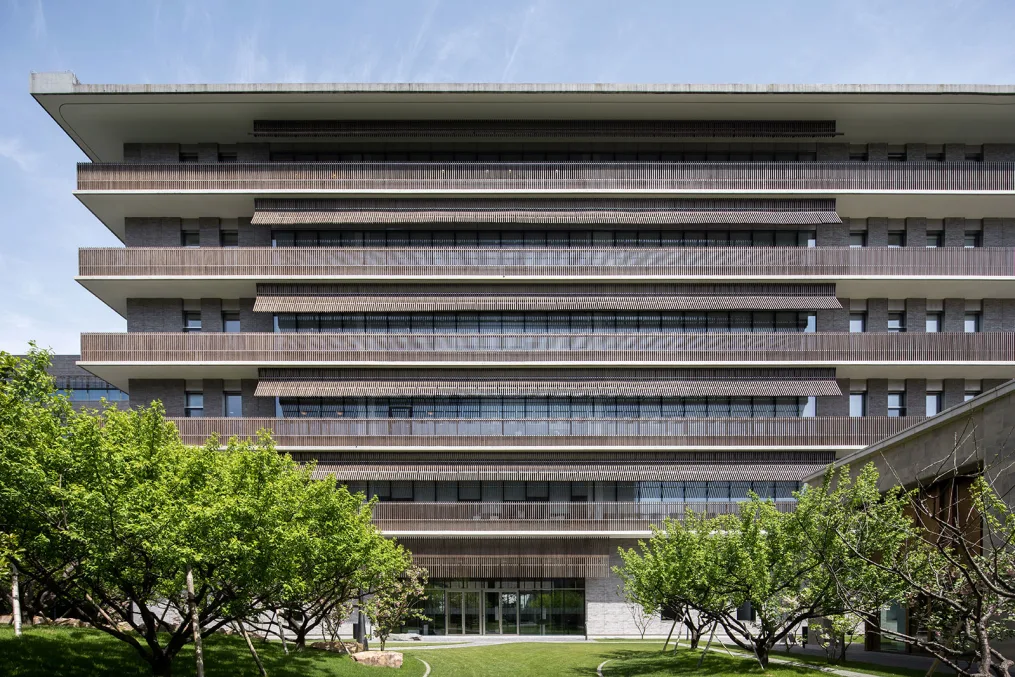
Redefining Architectural Boundaries
Liu’s work elegantly navigates complex dichotomies: utopia versus everyday existence, history versus modernity, and collectivism versus individuality. His designs are grounded in the idea that the built environment can transcend its physical form to elevate the human spirit. Rather than following a signature style, Liu approaches each project with a fresh perspective, adapting to the specific needs of the location and community, thus creating spaces that offer new possibilities for daily life.

Throughout his career, Liu has remained deeply connected to China’s rich cultural and architectural heritage. His projects, such as the Suzhou Museum of Imperial Kiln Brick and the Lancui Pavilion of Egret Gulf Wetland, reinterpret ancient Chinese forms through modern technology, creating spaces that respect tradition while embracing contemporary design. His work also reflects a profound relationship with nature, with many projects incorporating local flora, as seen in the Luyeyuan Stone Sculpture Art Museum and The Renovation of Tianbao Cave District.
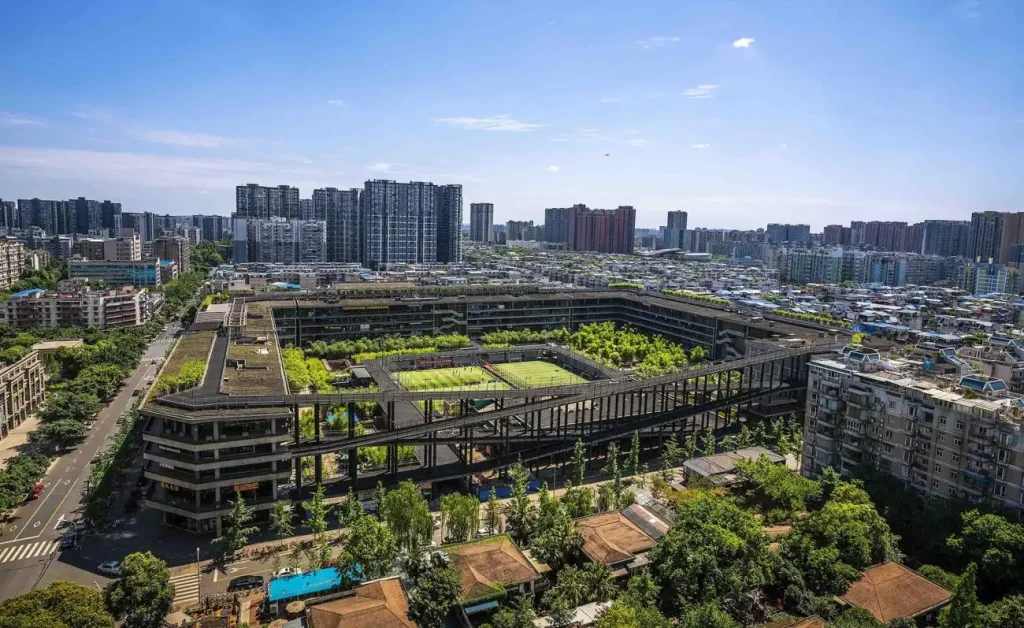
One of Liu’s signature contributions is his ability to create public spaces in densely populated urban environments where open space is scarce. His West Village project in Chengdu is a prime example of this innovative approach. The five-story complex spans an entire city block, combining cultural, athletic, recreational, and business spaces in a way that integrates seamlessly with the surrounding natural and urban environments. The project offers a vibrant public realm, with sloping pathways for pedestrians and cyclists that allow the public to engage with the building and the outside world in a fluid, open manner.
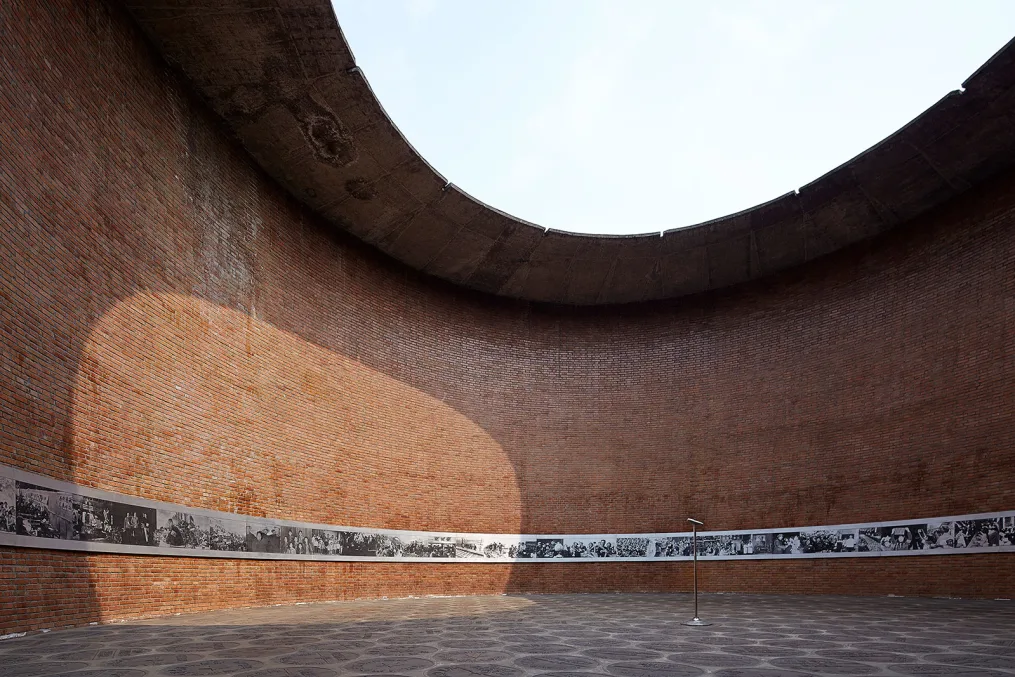
Liu Jiakun’s work is a testament to the power of architecture to shape communities, honor history, and create meaningful connections with the environment. Through thoughtful design that integrates culture, nature, and social needs, Liu’s architecture is not only shaping the built environment but also inspiring the future of urban development.



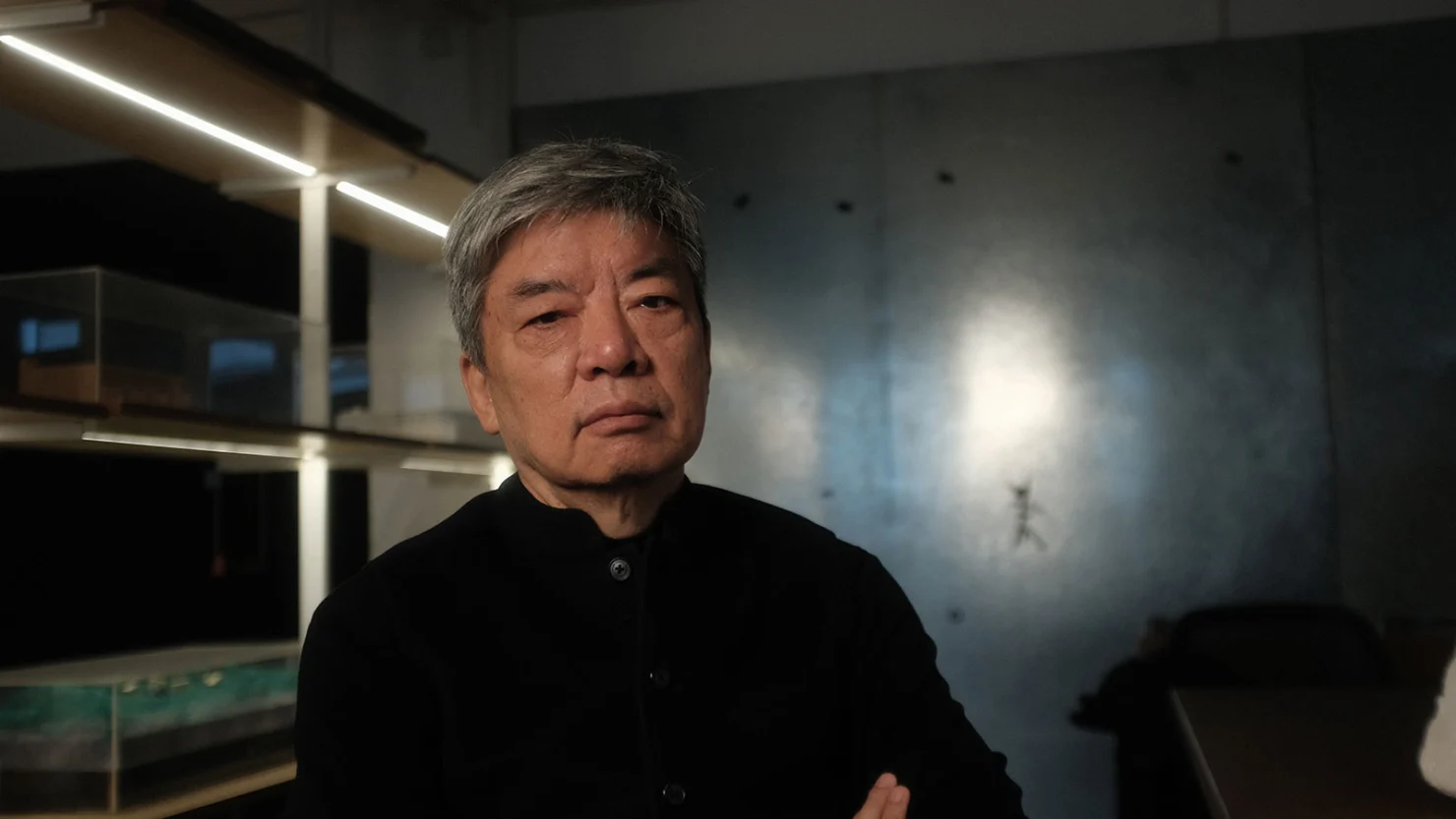













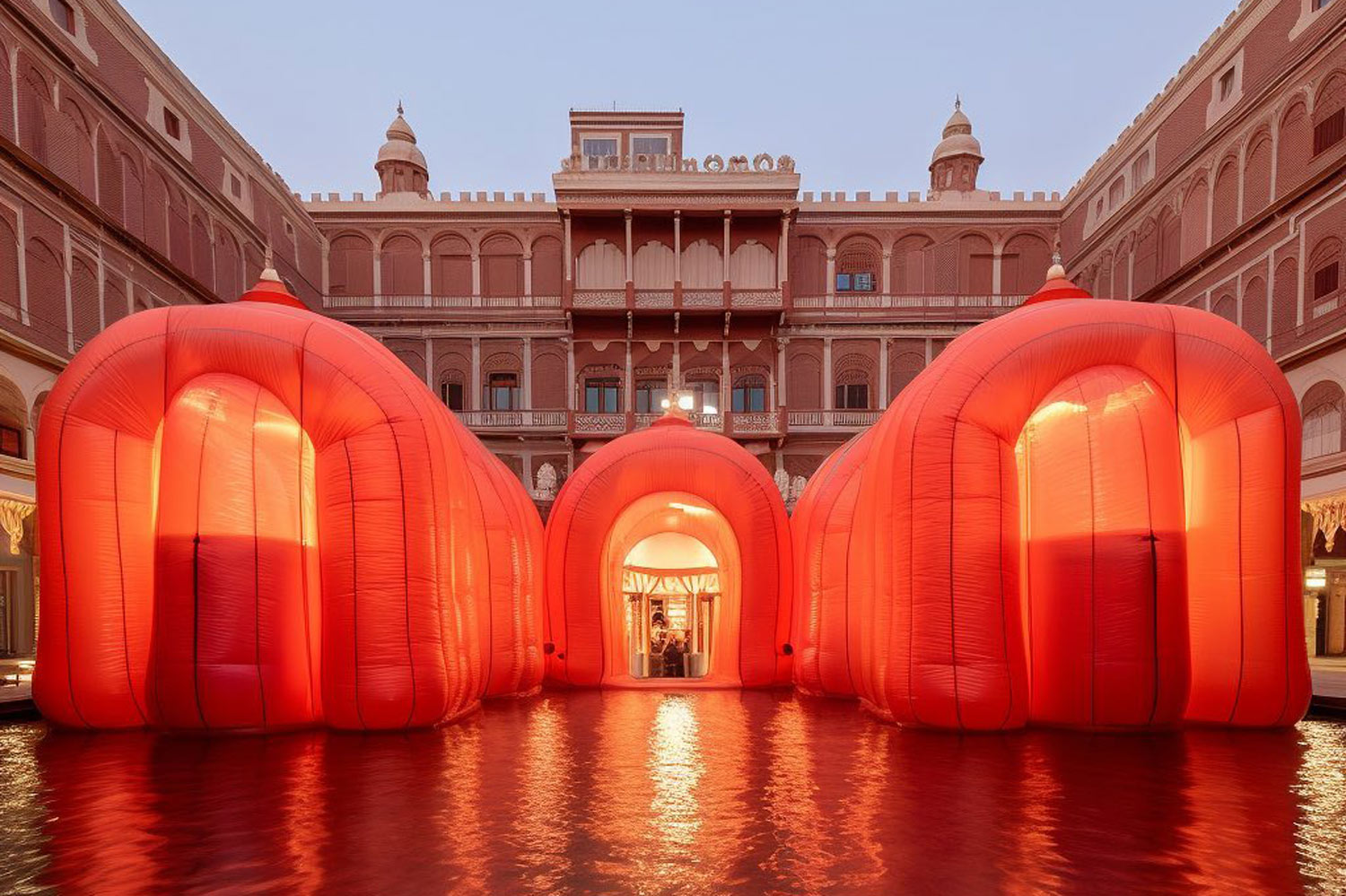









Leave a comment